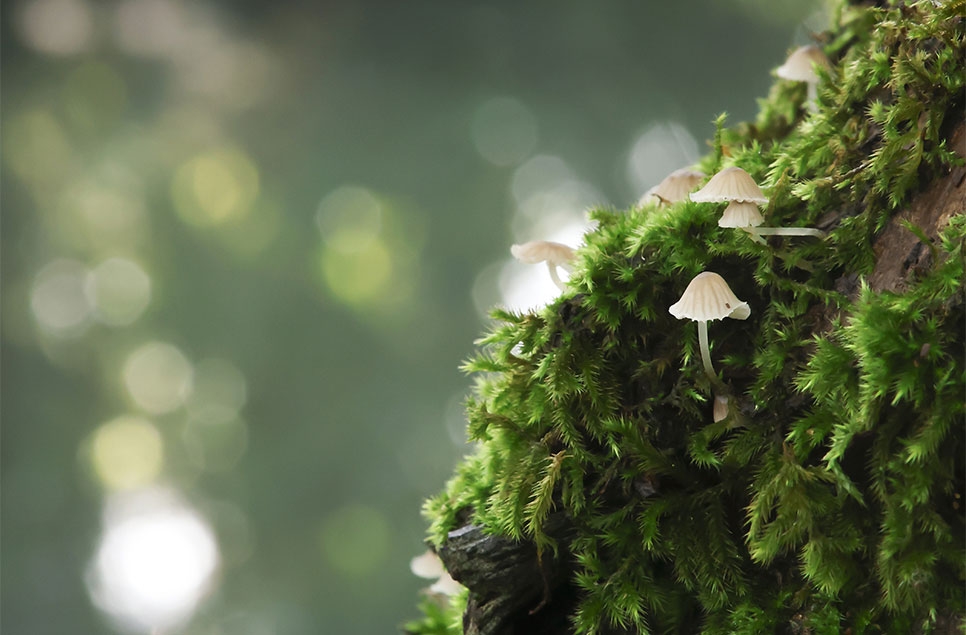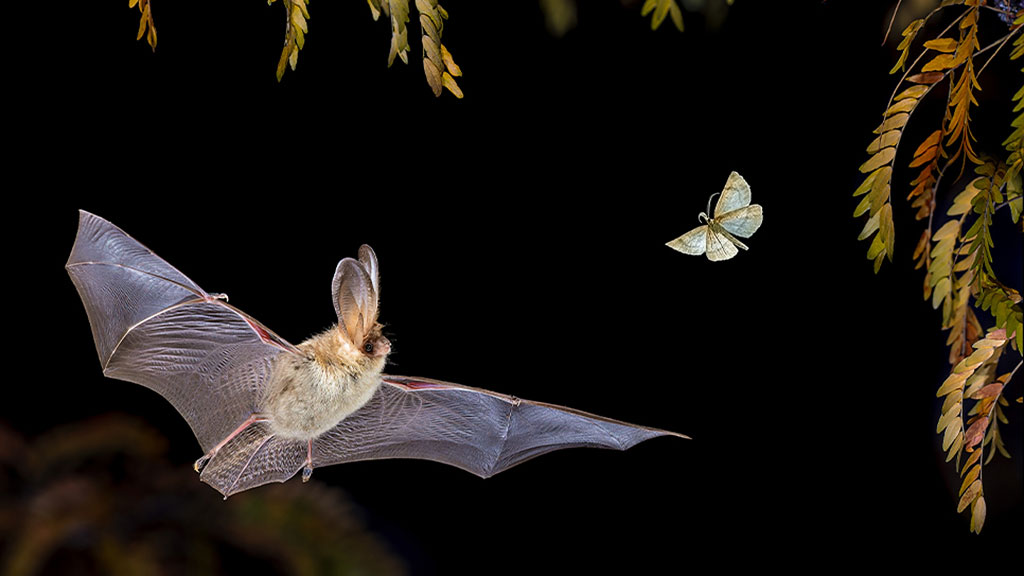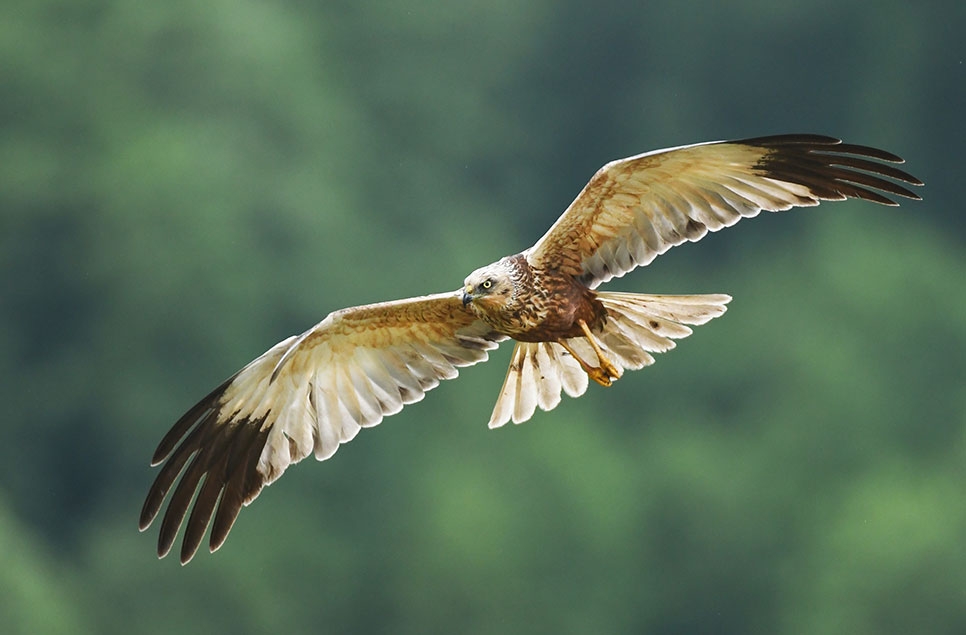Curlew chronicles: A dry spring brings a burst of new life in the Severn and Avon Vales
Britain holds a quarter of the world’s curlew population. But in our changing landscapes, they are increasingly unable to rear chicks. WWT is working to understand why and reverse the decline. So, what have we been up to recently?
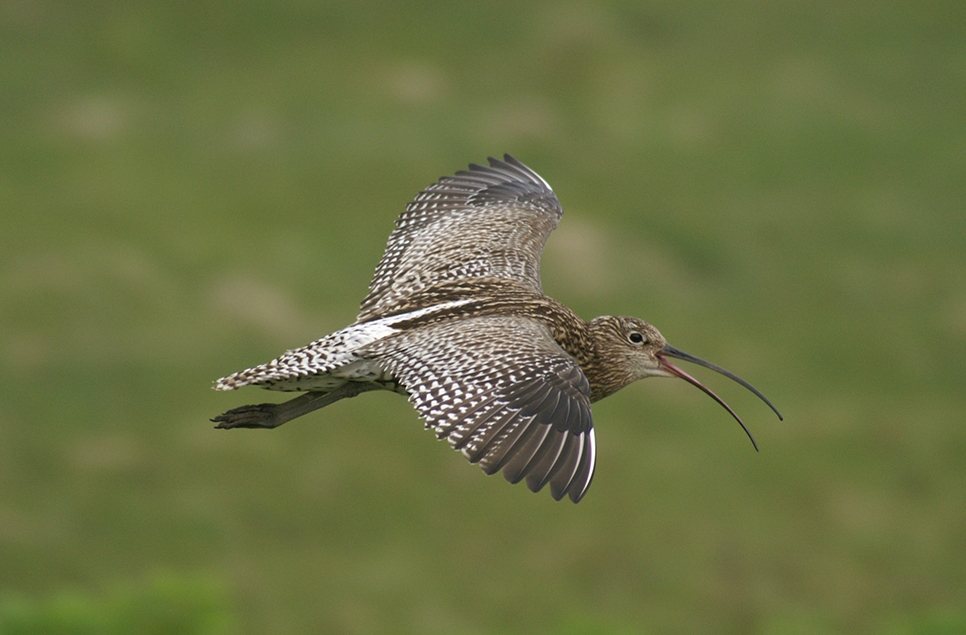
Curlew chicks are here and the 2025 season is off to a flying start! Despite barely a drop of rain since March, the curlews in the Severn and Avon Vales have taken the dry spring in their stride. While April showers were nowhere to be found, these resilient birds have been busy nest-building, egg-laying, and now chick-raising. It’s a big change from last year, when severe flooding affected curlew nesting sites. And what a season it’s shaping up to be!
A dry spring and hopeful hatches
Last year, our floodplain hay meadows were still underwater well into April. But this year? It's been bone dry. The 2025 curlew season kicked off under bright skies and parched grass, giving us a totally different landscape to work with.
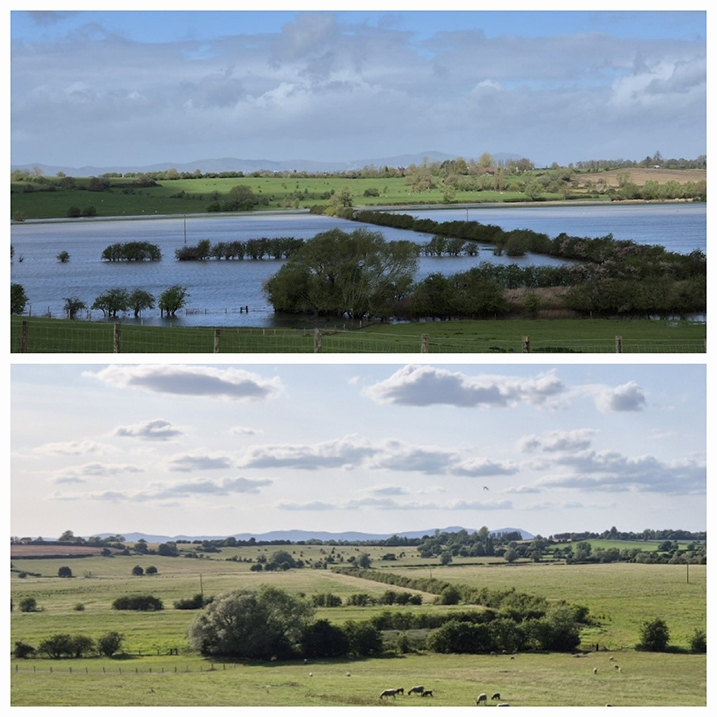
You might think the lack of rain would hold the curlews back, and in some cases, it did delay a few. But for the most part, they wasted no time. Nesting began right on schedule, with the first nest spotted on 17 April. By the time peak nesting rolled around at the end of April and start of May, we’d already found and started monitoring 29 nests.
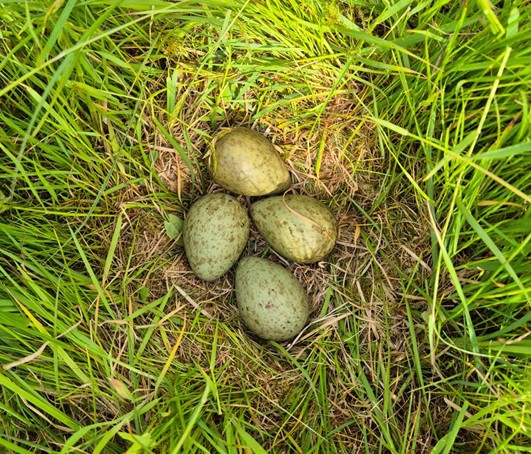
A synchronised effort
Fast forward the 28-day incubation period and we’ve got chicks! Hatching came in a flurry too, with an impressively synchronised effort. Ten nests hatched within just 10 days and we’ve been treated to the sight of little fluffy broods running around the meadows.
Predator challenge
Of course, it’s not all sunshine and feathers. While we’ve had zero nests lost to flooding (thanks, dry weather!), other challenges remain. Sadly, 18 nests were lost at the egg stage. Predators, like ravens, continue to pose a threat, a stark reminder of the threats this precious species faces.
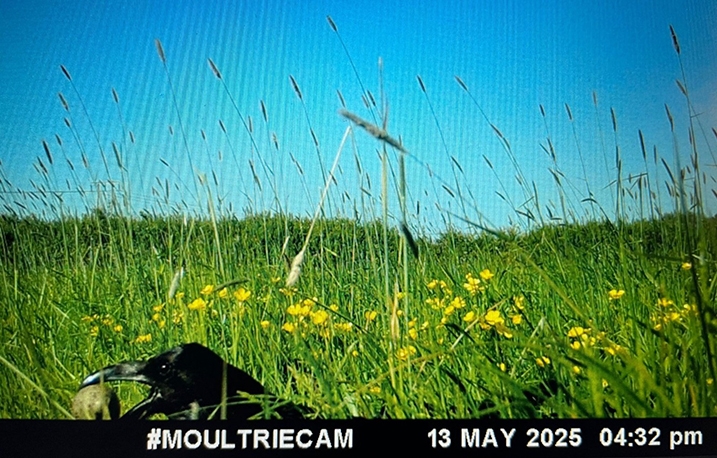
That’s why tools like nest fencing are more important than ever. Our research shows that it’s one of the best ways to improve hatching success and give these charismatic birds a fighting chance.
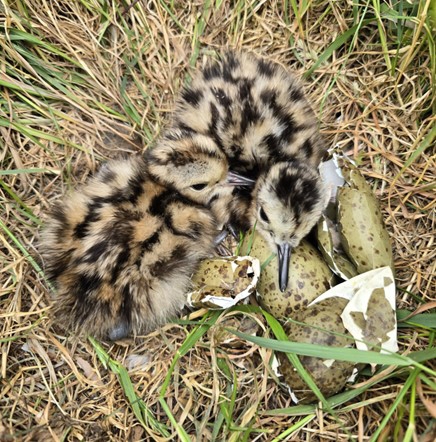
What next?
Now, we shift into the next phase of the season: chick monitoring. This is when the real suspense kicks in as we watch the tiny broods take their first steps toward survival, hoping the dry weather keeps helping and that predation stays at bay.
So far, 2025 has brought us a curlew season full of surprises, sunshine, and hope. Here’s to more little curlew feet padding across our precious floodplains!

